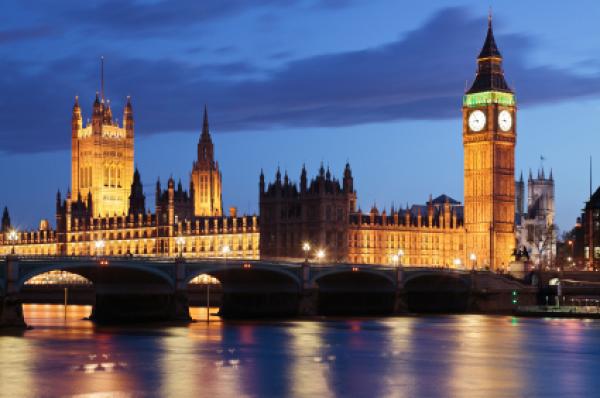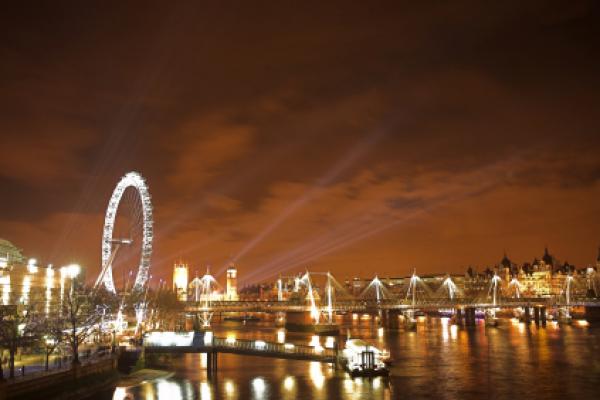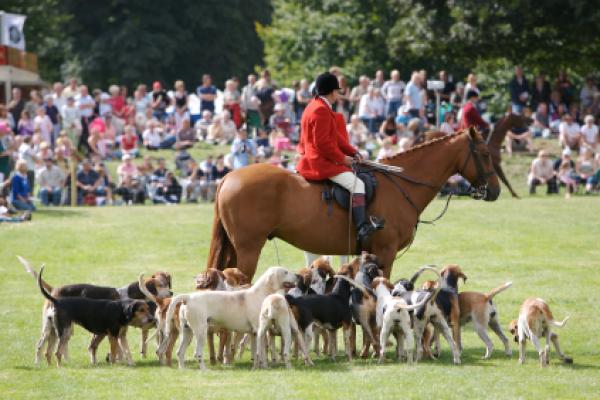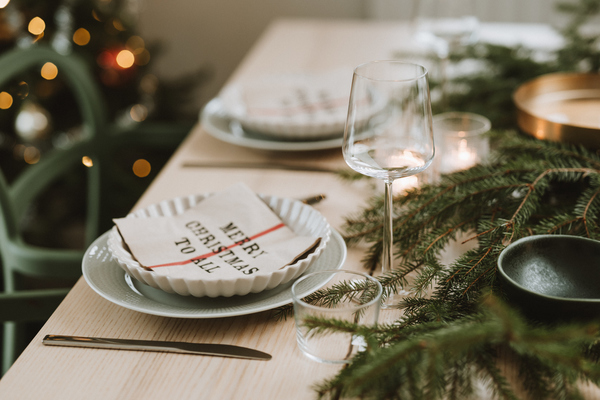New Year's Day in United Kingdom
New
Year's Day is a public holiday in the United Kingdom on January 1
each year. It marks the start of the New Year in the Gregorian
calendar. For many people have a quiet day on January 1, which marks
the end of the Christmas break before they return to work. However,
there are some special customs, particularly in Scotland.

At
midnight, as the New Year begins, the chimes of Big Ben are broadcast
to mark the start of the New Year.
What
do people do?
On
New Year's Eve (December 31), just before midnight, many people turn
on a television to show pictures of one of the four clocks on the
Clock Tower on the Palace of Westminster, or Houses of Parliament, in
London counting down the last minutes of the old year. At midnight,
as the New Year begins, the chimes of Big Ben, the bell inside the
Clock Tower, are broadcast to mark the start of the New Year.
Champagne or other sparkling wIn different areas there are different
traditions about whether the first footer should have fair or dark
hair, whether the person should bring coal, salt or other things and
what food or drink that person should be served after arrival.
Public
lifeines are often served at this point.
Many
people hold parties at home or go out to pubs or night clubs. These
parties often continue into the early hours of the morning. Hence,
for many people, New Year's Day is time for recovering from the
excesses of the night before. For others, it is the last day of
the Christmas holiday before they return to work. Some take the
opportunity to carry out home improvements or to go for a walk in the
country. In many places around the United Kingdom's coast, groups of
people dress up in fancy costumes and run into the cold sea.
Many
people make New Year's resolutions. These are promises to themselves
that they will lead a better life in some way in the coming year.
Common New Year's resolutions include stopping smoking, losing
weight, eating more healthily, getting more exercise or spending less
money. Some types of resolution that would lead to a healthier
lifestyle are supported by government advertising campaigns.
In
some areas, there are a number of customs associated with New Year's
Day. In Scotland many people sing the song 'Auld Lang Syne' at
midnight as New Year's Day begins. In Scotland and northern
England, it is customary to go first footing. This is the first
person to enter a house on January 1. There are many traditions and
superstitions associated with first footing. A male first-footer
brings good luck, but a female bad luck.
New
Year's Day is a bank holiday. If January 1 is a Saturday or Sunday,
the bank holiday falls on Monday, January 2 or 3. Nearly all schools,
large businesses and organizations are closed. In some areas stores
may be open, although this varies a lot. Public transport systems do
not usually run on their normal timetables. In general, public life
shuts down completely on New Year's Day.
Background
Now
the start of a new calendar year is marked in the winter on January
1. However, this was different in the past. From the earliest times
in Europe, winter festivals have been held around or just after the
winter solstice (December 21). These have now developed into the
Christmas and New Year celebrations that are now held. However,
before the present Gregorian calendar was adopted in England, in
1752, the Julian calendar was used. According to the Julian calendar,
the administrative year began on March 25.
The
Julian calendar was introduced in the Roman Empire 45 years before
the birth of Christ. The average length of a year in this calendar
was slightly shorter than the actual length of a solar year. For this
reason, by the 1700s, the official dates of the winter, spring,
summer and autumn equinoxes had moved about ten days from the days on
which the actual equinoxes fell. This meant that a correction to the
date had to be made, when England changed over to the Gregorian
calendar. Hence, in 1752, Wednesday, September 2 was followed by
Thursday, September 14.
This
had important consequences for the tax, or fiscal, year. The British
tax authorities and many landlords were unhappy about potentially
“losing” 11 days worth of revenue. For this reason, the 1752-1753
tax year did not end on March 24 but April 4 and so still lasted for
365 days. Another correction was carried out in the calendar in 1800
and again the tax year was adjusted so that it still lasted for the
full 365 days. Since then the tax year in the United Kingdom has
stated on April 6. This tax year was also used in the Republic of
Ireland until 2001, when the start of the tax year was moved to
coincide with the start of the calendar year on January 1.




